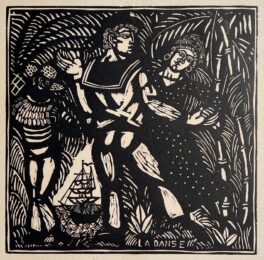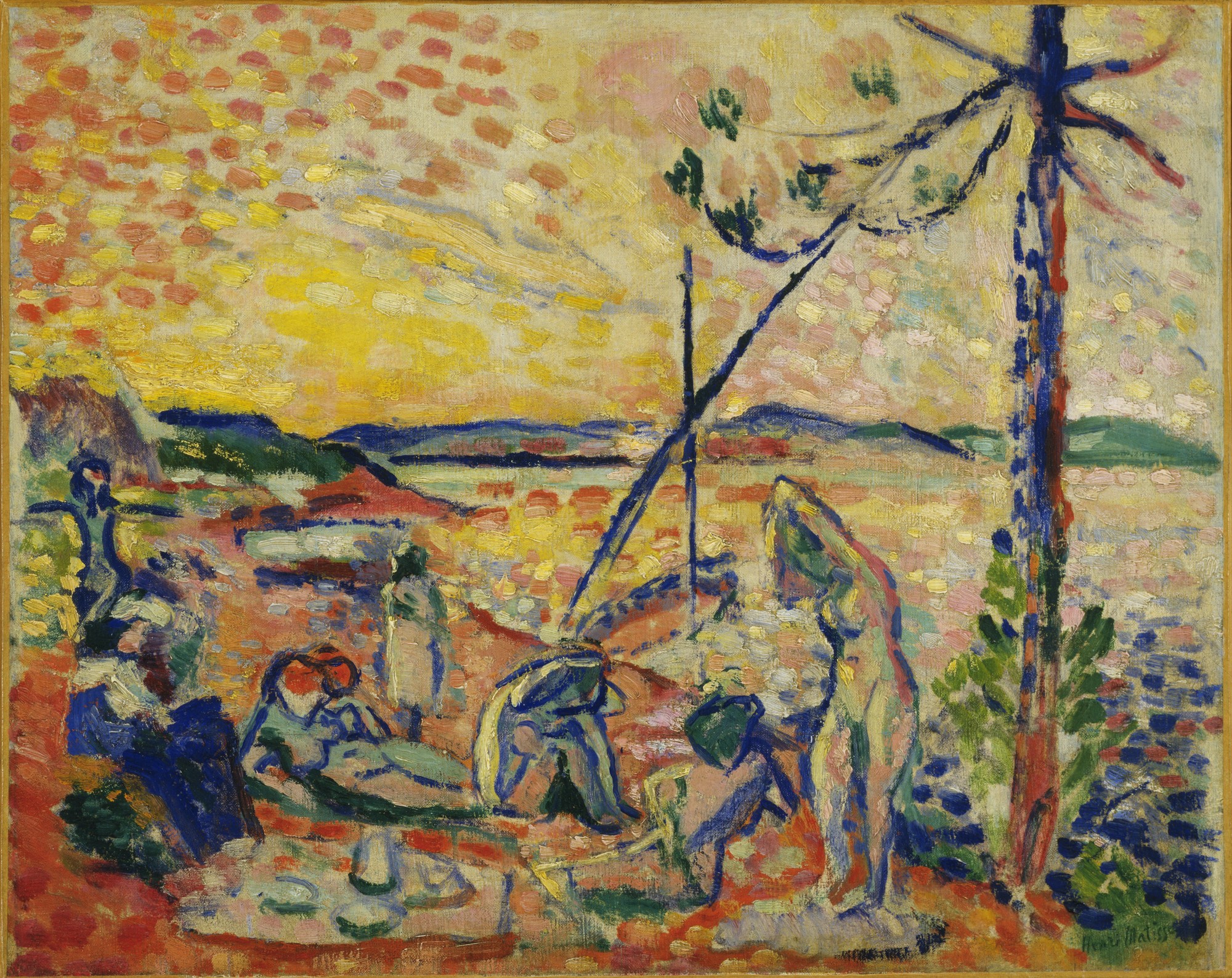


One of the most intense and fascinating modern art movements to came about in the early 20th century, Fauvism was inspired initially by the examples of Georges Rouault, Raoul Dufy, Paul Cézanne and Vincent van Gogh. The Fauves (or “wild beasts”) were a group of French painters all with very distinct common interests. A number of them (one of which being Henri Matisse) had studied under the Symbolist artist Gustave Moreau and was in awe of his strong emphasis on personal expression. With Matisse at the helm, its members focussed on using intense colour as a way to describe space and light, using pure colour to boldly communicate the emotional state of the artist at that moment. In this way, Fauvism become an important precursor to Expressionism and Cubism, as well as the forerunner for various later modes of abstraction.
Every artist in the Fauvism movement prioritised personal expression through the use of colour. Whether subtle and delicate or bright and bold, colour gave their work form, definition and rhythm. Additionally, they challenged the norm with their colours; trees may be painted blue and skies dark green for example. Colours could clash together or appear uncomplimentary to each other. At the end, a successful result completely depended on an artist’s perception, rather than being a reflection of the subject’s true physical form. Additionally, each part of a Fauvist’s work was crafted through the placement of each colour rather than using perspective or draftsmanship. Later, the Fauvism way of distorting colour and form by way of expressing sensations and emotions had a notable influence on the artists of the Expressionism movement. German Expressionists in particular adopted a similarly striking use of colour in their busy Berlin street scenes as well as many other often unsettlingly grotesque limited edition prints around this time.
Another key theme which was central to Fauvism concerns the balance of the composition overall. The Fauves’ bold, eclectic use of colour and simplified forms served to highlight the inherent flatness of the paper or canvas. Therefore, within this space, each element took on a very specific role to create a strong, unified impression of the work which was of paramount importance. Above all, an artist’s intuition, emotional responses (particularly to nature) and his personal experience of his subjects were far more important than the subject matter itself, or indeed academic theory. Each element of a painting worked together in harmony to achieve this result.
Ultimately, rather than being a specifically defined “school”, the period during which the Fauves were most active can be defined as short, but incredibly consequential. Although the group never produced a particular manifesto as such, Matisse’s 1908 piece “Notes of a Painter,” formalised many of their shared goals and interests, including their commitment to instinct, personal expression and raw emotion. The use of colour to portray human feelings and redefine the subject is the main theme throughout all of the group’s works. Even after the group disbanded, the ideas behind Fauvism would carry on influencing the art world for many decades to come.